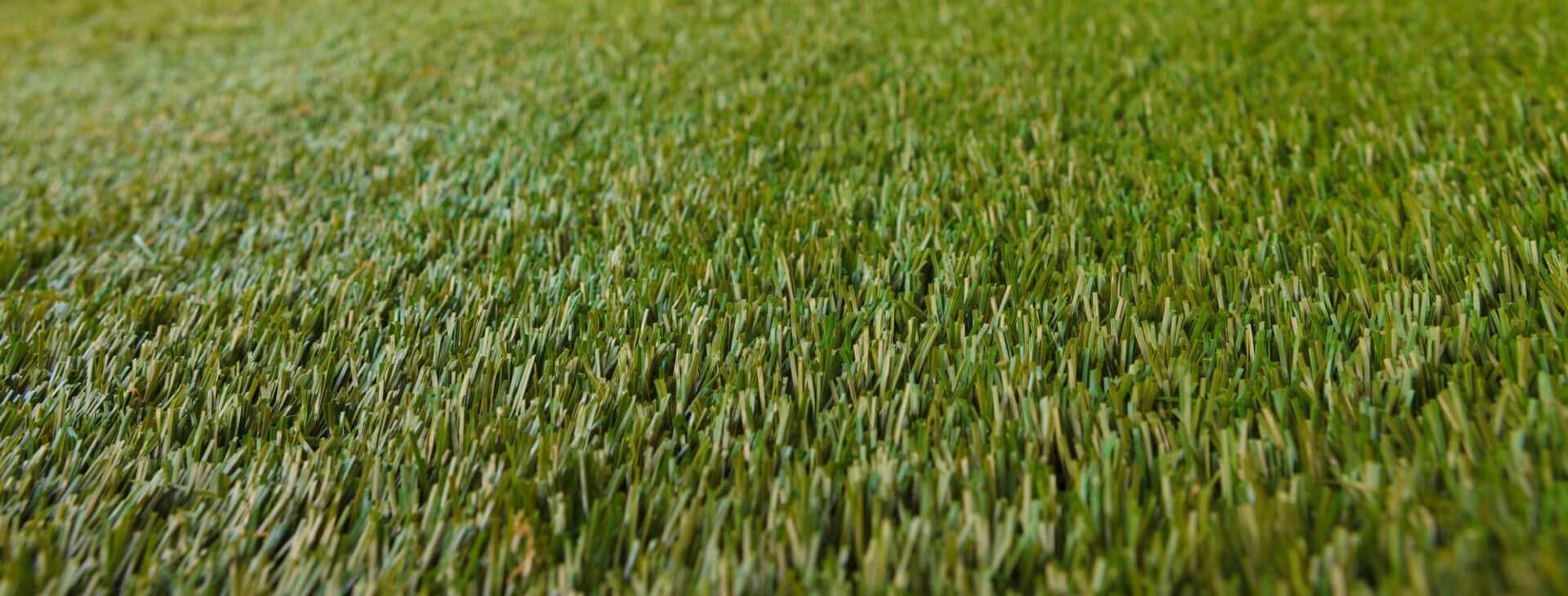The Most Important Turf Grass Nutrients for Your Lawn
Every homeowner wants to have a rich, green lawn and be the envy of the neighborhood. However, it isn’t as easy as it looks to get those green blades of grass to grow as they should. Did you know that just like grass needs abundant sunlight and water, it also needs nutrients to appear thick and luscious? If you have wracked your brain and your lawn is still not the quality you desire, read on to learn how you can score the lawn of your dreams that will have your neighbors wondering how you did it.
What Are Essential Nutrients for Your Lawn?
Just like you pop a multivitamin in the morning, your lawn needs some nutrients to grow at an optimal level and green color.
Calcium
Your lawn won’t be chewing up a calcium gummy, but it still needs a source of this vital mineral. Calcium develops strong cell walls and helps grass ward off diseases or other factors that can cause harm to plants. This nutrient powerhouse also helps the intake of nitrate.
Magnesium
Magnesium is vital for a vibrant lawn because it is responsible for the healthy green color of plant life. For your lawn to disperse the sun’s energy, form proteins, and go through photosynthesis, it will need adequate amounts of magnesium. You might notice magnesium deficiency by yellow mottling of your grass that starts at the top and spreads throughout the blade.
Nitrogen
Nitrogen is notably one of the most important nutrients for not only your turf grass but for all of your plants. Under the soil, nitrogen is available to be used by your lawn in the form of nitrate. The correct levels of nitrogen in the dirt will improve the color and texture of the grass. Nitrogen is a vital component for photosynthesis, as it helps plants create chlorophyll.
Potassium
Potassium’s main job is to create stronger blades of grass that are hardier and more resistant to hot and cold temperatures, drought, pests, and other environmental stressors. It will also improve water use efficiency and assist in early growth.
Phosphorous
This powerful nutrient helps the grass to grow strong and tall. Assisting potassium and nitrogen is one of the top three elements required by plants. Readjusting watering and microbial activity are two of the best approaches to fix phosphorus deficiencies.
Chloride
Chloride is an important nutrient for photosynthesis in plants. It assists in gas exchange and helps them grow strong roots. Chloride can also reinforce your lawn’s defenses against diseases.
Sulfur
Sulfur keeps your lawn’s defenses in top working order to effectively thwart off diseases. Plus, enzymes, amino acids, vitamins, and other proteins are possible all depend on this essential nutrient. You’ll notice deficiency first on younger leaves. The mottled, pale yellow sulfur-deficient blades of grass are known as chlorosis. Sulfur deficiency also causes stunted growth eventually.
Other Essential Nutrients
Your lawn also requires plenty of boron, copper, iron, zinc, manganese, and molybdenum to sprout. These nutrients help the grass use carbohydrates (yes, plants need carbs, too), activate enzymes, and assist with chlorophyll function.

How Can I Make My Lawn Thrive?
Everyone wants a flourishing, green lawn. Some types of turf are naturally more dense than others, but no matter which variety you have, there are always tips and tricks you can learn to improve its health.
The best method to get thicker, greener grass is to fertilize your lawn regularly. Optimal fertilization will guarantee that your yard has the best it needs to grow strong. Also, take a look at your watering. If you water too little, it can stunt the lawn’s growth, but it can damage the roots if you water too much.
The trick is that your lawn should always have some moisture, but it should never be soggy. If you feel like you are doing everything you can with fertilizing and watering and your lawn is still unexceptional, add another layer of seed to the top. Overseeding will boost its growth potential, and it will come in thicker.
Core aeration is another helpful trick for Minnesota lawns. It helps fight against soil compaction
, which can hurt the health and consistency of your soil.
Is it Necessary to Fertilize?
Grass grows quickly, and as such, tends to leach nutrients out of the soil faster than they can be naturally replaced. This is the primary reason you should fertilize your lawn. It can help if you learn what to look for in lawn fertilizer.
In addition to supplying your lawn with the nutrition it needs to prosper, you also reintroduce much-needed nutrients to the soil—plan on fertilizing your lawn twice a year to keep it in ideal condition.
Making Your Lawn Grow Greener and Thicker with KG Landscape
Everyone wants the perfect lawn. The best way to do that is to water regularly and provide the nutrients it needs to grow. While many homeowners understand the importance of fertilizing, they may not understand how to fertilize their lawns
to elicit the best results. When you fail to fertilize correctly, it leads to poor-performing yards that are less verdant, look sparse, or have yellow and discolored areas. Instead of struggling with your lawn, work with a professional team to improve your property’s appearance.
The post The Most Important Turf Grass Nutrients for Your Lawn
appeared first on KG Landscape Management.










